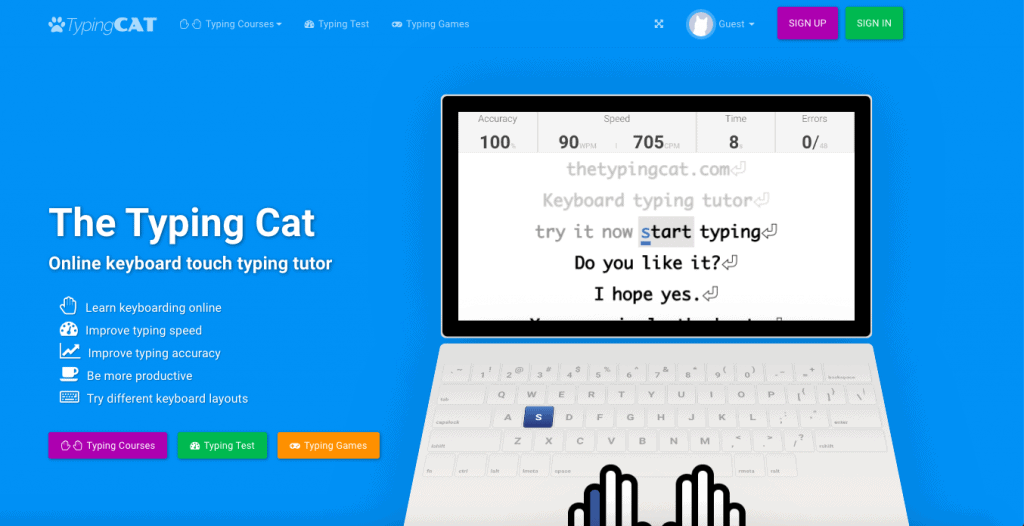Curriculum Design
Curriculum serves as the backbone of education, outlining the essential knowledge and skills students are expected to learn within a specified period. However, crafting an effective curriculum requires a deep understanding of educational principles, learning theories, and the needs of students. Curriculum design involves a systematic approach to determining what content will be taught, how it will be taught, and how learning will be assessed. It’s a dynamic process that evolves with changes in educational standards, advancements in pedagogy, and shifts in societal needs.
The Foundation of Learning: Defining Learning Objectives
At the heart of any curriculum lies the learning objectives. These objectives delineate the specific knowledge, skills, and competencies that students are expected to acquire by the end of a course or program. Well-defined learning objectives serve as guiding beacons for both educators and students, providing clarity on what is to be achieved. They should be SMART—specific, measurable, achievable, relevant, and time-bound—to ensure they are effectively attainable and assessable. By establishing clear learning objectives, educators can align their teaching strategies and assessment methods to foster meaningful learning experiences.
Tailoring Content: Selecting Appropriate Materials and Resources
Selecting the right content and resources is crucial in curriculum design. Educators must consider the diverse needs, backgrounds, and learning styles of their students when choosing materials. Whether it’s textbooks, online resources, multimedia presentations, or hands-on activities, the content should be engaging, relevant, and aligned with the learning objectives. Furthermore, incorporating a variety of resources ensures that different types of learners can access the material effectively. By curating a rich array of resources, educators can create a dynamic learning environment that caters to the diverse needs of their students.
Fostering Engagement: Implementing Active Learning Strategies
Active learning strategies lie at the heart of an effective curriculum. Instead of passively absorbing information, students are actively engaged in the learning process, participating in discussions, problem-solving activities, experiments, and collaborative projects. These interactive experiences not only deepen understanding but also cultivate critical thinking, communication, and teamwork skills. By incorporating active learning strategies into the curriculum, educators can create a dynamic classroom environment where students take ownership of their learning and are motivated to explore concepts deeply.
Assessment for Learning: Evaluating Progress and Mastery
Assessment is an integral component of curriculum design, serving as a means to evaluate student progress and mastery of learning objectives. Assessments come in various forms, including quizzes, tests, projects, presentations, and portfolios. The key is to align assessment methods with the learning objectives, ensuring that they effectively measure what students are expected to know and be able to do. Additionally, assessments should be ongoing and varied, providing multiple opportunities for students to demonstrate their understanding and receive constructive feedback. By using assessment as a tool for learning rather than just evaluation, educators can identify areas for improvement and tailor instruction to meet the needs of individual learners.
Continuous Improvement: Reflecting and Adapting
Curriculum design is not a one-time endeavor but an ongoing process of reflection and adaptation. Educators must continuously evaluate the effectiveness of their curriculum, soliciting feedback from students, colleagues, and stakeholders, and making adjustments as needed. This iterative process allows for continuous improvement, ensuring that the curriculum remains relevant, engaging, and aligned with educational goals. By embracing a growth mindset and remaining open to innovation, educators can design curricula that empower students to reach their full potential and thrive in an ever-changing world.
Conclusion
In conclusion, designing an effective curriculum requires careful consideration of learning objectives, content selection, teaching strategies, assessment methods, and continuous improvement. By focusing on student engagement, active learning, and meaningful assessment, educators can create dynamic learning experiences that foster deep understanding and lifelong learning. Ultimately, a well-designed curriculum serves as a roadmap for student success, unlocking their potential and preparing them for the challenges and opportunities that lie ahead.



